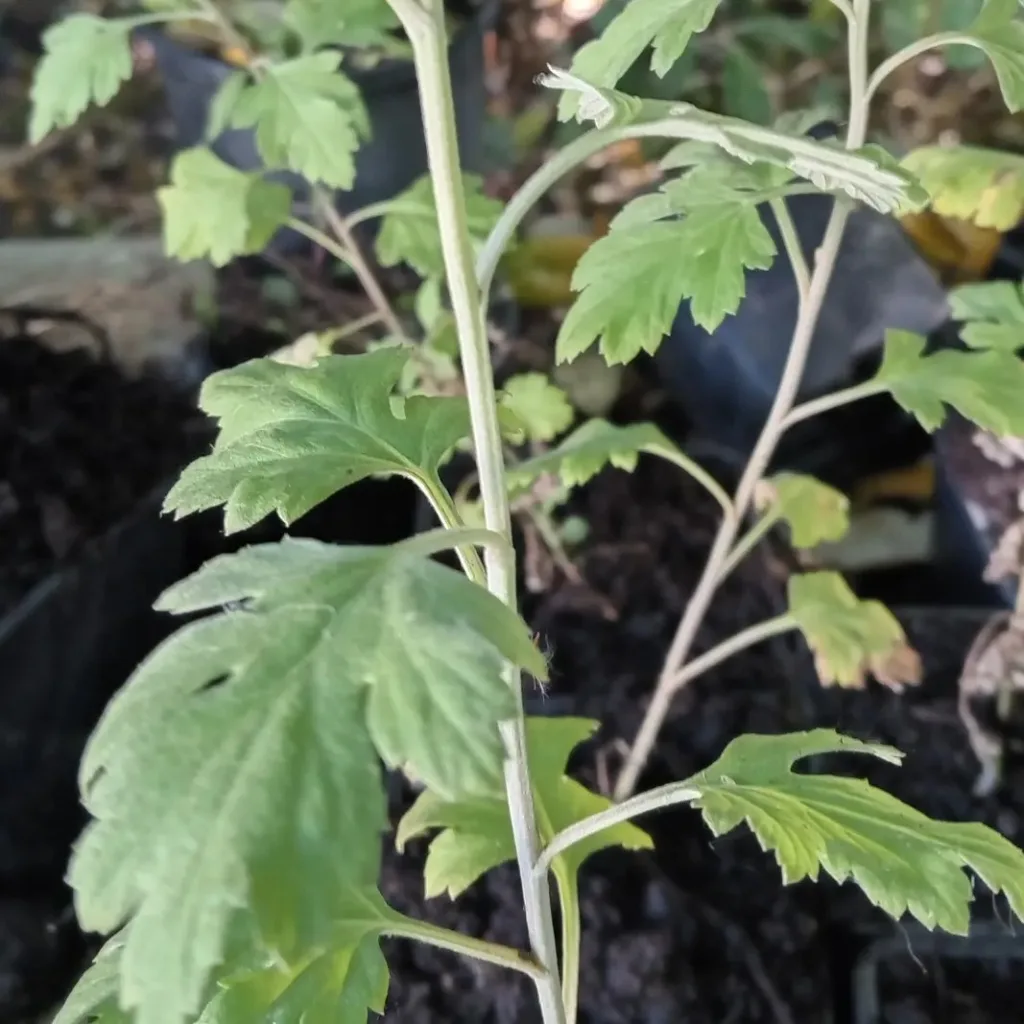An Unexpected Guest in My Garden: The Broad-Leaved Epipactis Helleborine
My passion for gardening has taken me on countless journeys of discovery. From the vibrant hues of roses to the delicate charm of violets, each new plant brings a unique element to my little slice of paradise. But recently, an unexpected visitor snuck into my garden bed – the Epipactis helleborine, also known as the broad-leaved helleborine.
This orchid, with its greenish-purple flowers and broad leaves, initially held a certain intrigue. However, as I delved deeper into its characteristics, a few questions arose. Could this be a beneficial addition to my garden, or was it a potential threat?
Is Epipactis helleborine Invasive?
My initial curiosity quickly turned to concern as I learned about the Epipactis helleborine’s invasive nature. Introduced from Eurasia, this orchid has a knack for establishing itself and spreading aggressively. In some regions, it’s even considered a nuisance plant, threatening the delicate balance of native ecosystems.
For me, the priority was clear: I had to determine if this unexpected guest posed a threat to my carefully curated garden. Research revealed that the Epipactis helleborine’s invasiveness depends on several factors, including the existing plant community and the overall health of the ecosystem.
In some cases, it coexists peacefully with native plants. However, in situations where the soil is disturbed or native populations are weak, the Epipactis helleborine can take advantage and spread rapidly.
Identifying the Threat in My Garden
The next step was to assess the situation in my own garden. I meticulously examined the surrounding plants. Were there any signs of native species being choked out by the Epipactis helleborine? Were there bare patches of soil where the orchid might be establishing a foothold?
Thankfully, my inspection revealed a relatively balanced ecosystem. The native plants seemed healthy, and the Epipactis helleborine appeared confined to a small area. However, I decided it was best to err on the side of caution and take action to prevent its potential spread.
How to Get Rid of Epipactis helleborine?
There are several methods for controlling the spread of Epipactis helleborine. Here’s what I learned:
- Manual Removal: This is the most effective method for small infestations. The key is to be persistent and meticulous. You need to remove the entire plant, including the underground tubers. Be careful not to leave any fragments behind, as these can regenerate.
- Herbicides: While effective, using herbicides should be a last resort. It’s crucial to choose a selective herbicide that targets the Epipactis helleborine without harming surrounding plants. Always follow the instructions on the label carefully, and prioritize environmentally friendly options whenever possible.
- Competition: Introducing native plants that thrive in similar conditions can create competition for resources and help suppress the growth of the Epipactis helleborine. Consider planting wildflowers or other native groundcovers that complement your existing ecosystem.
Living in Harmony with My Garden
The experience with the Epipactis helleborine served as a valuable reminder of the importance of responsible gardening practices. While new plants can add diversity and beauty, it’s crucial to be mindful of their potential impact on the existing ecosystem.
By staying informed and taking appropriate action, we can ensure our gardens not only flourish but also contribute to a healthy and balanced environment.
In my case, I opted for manual removal, carefully extracting the Epipactis helleborine from my garden. I then filled the empty space with a vibrant mix of native wildflowers, creating a more diverse and resilient plant community.
The unexpected arrival of the Epipactis helleborine may not have been what I initially envisioned, but it ultimately led to a deeper understanding of the delicate balance within my garden. As I continue to learn and explore, I strive to create a haven that celebrates both beauty and ecological responsibility.
If i die, water my plants!



